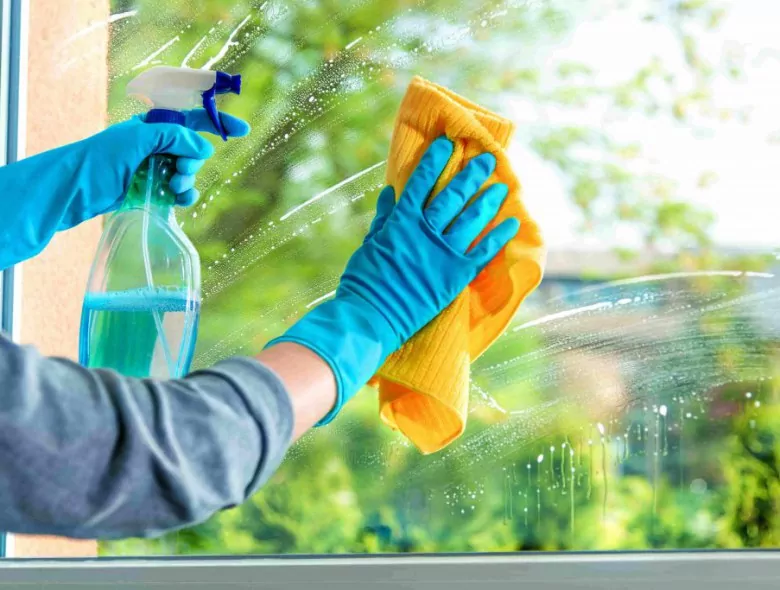While we all want our homes to be as free of germs as possible, it’s not always easy to disinfect everything. From what kind of cleaners are best for different surfaces to often forgotten places, here is a guide to disinfecting your home.

Small, Frequently Handled Items are the Germiest
When we think about disinfecting our homes, wiping down countertops, and sanitizing doorknobs come to mind. While it is important to do these things, the items in your home that have the most germs are small objects that are handled regularly. Your phone, TV remote, tablet, laptop, and other regularly handled items pick up viruses and bacteria from all sorts of places! Make sure to go over them with a disinfecting wipe every now and then. With the coronavirus pandemic, it’s best to sanitize any tech you used outside of the house as soon as you get home. If you’re worried about regular disinfecting wipes damaging your electronic devices, you can buy special wipes that have been made just for disinfecting tech.
Be Careful Not to Damage Surfaces
Some surfaces can be damaged when you use certain types of disinfectants on them. The surfaces of appliances and other electronic products should not be cleaned with bleach. Similarly, bleach should not be used on wooden furniture. Marble countertops do not do well with many commercial cleaners and it is recommended that you buy special cleaners for them. When purchasing a cleaner, it’s best to buy a gentle, but effective multipurpose one that can be used to clean many different surfaces and items in your home.

Pay Attention to Surfaces that are Regularly Touched
Areas of your home that are frequently touched, such as doorknobs, light switches, cabinet handles, and buttons and knobs on appliances are the most likely to be covered in germs. They’re also often overlooked. Many people forget to clean their light switches. Wipe all regularly touched surfaces down when you clean. Don’t just disinfect doorknobs inside your home. Make sure to disinfect the doorknob on the outside facing side of your front door. It’s probably handled by people outside of your family, like guests and delivery people.

The Kitchen is an Especially Important Place to Use Disinfectants
To prevent yourself and your family from contracting foodborne illnesses, it’s important to keep your kitchen clean and disinfect it regularly. Disinfect your kitchen sponges by popping them in the microwave for a couple of minutes at the end of the day. Make sure to kill all the germs on your countertops by spraying cleaner on them, letting it sit for 10 minutes, and wiping it away. Sometimes, the best way to clean your kitchen is to avoid dirtying it in the first place. Be sure to wash your hands before touching anything else when you handle raw meats, eggs, or other foods that can harbor bacteria.

And So is the Bathroom
Given how bathrooms are often damp, humid environments, it’s easy for mold to start growing in them. Make sure to clean your shower and/or bathtub often to keep mold away. Towels can also be a home for bacteria to grow in. Make sure to replace them every day and wash them regularly. You should also make sure to replace your toothbrush regularly. A great time to get rid of your old toothbrush is right after you’ve had a cold. The toilet should also be cleaned at least once a week. In addition, countertops and sinks in the bathroom should be disinfected regularly.
Consider Steam or Vapor Cleaning and Other Natural Disinfectants
Steam and vapor cleaning are powerful ways to kill germs without using any chemicals. With steam and vapor cleaning, water is heated to a high temperature and the steam/vapor is sprayed onto surfaces. In addition to killing viruses and bacteria, it can kill dust mites and bed bugs. Steam and vapor cleaning can also help remove allergens from your home. It can be pricey, but for those who are sensitive to or dislike using chemical cleaners, it can be worth it. If steam and vapor cleaning is too pricey for you, you may want to look into other natural cleaners, such as vinegar-based products. In addition to purchasing natural cleaners in stores, you can DIY them.



